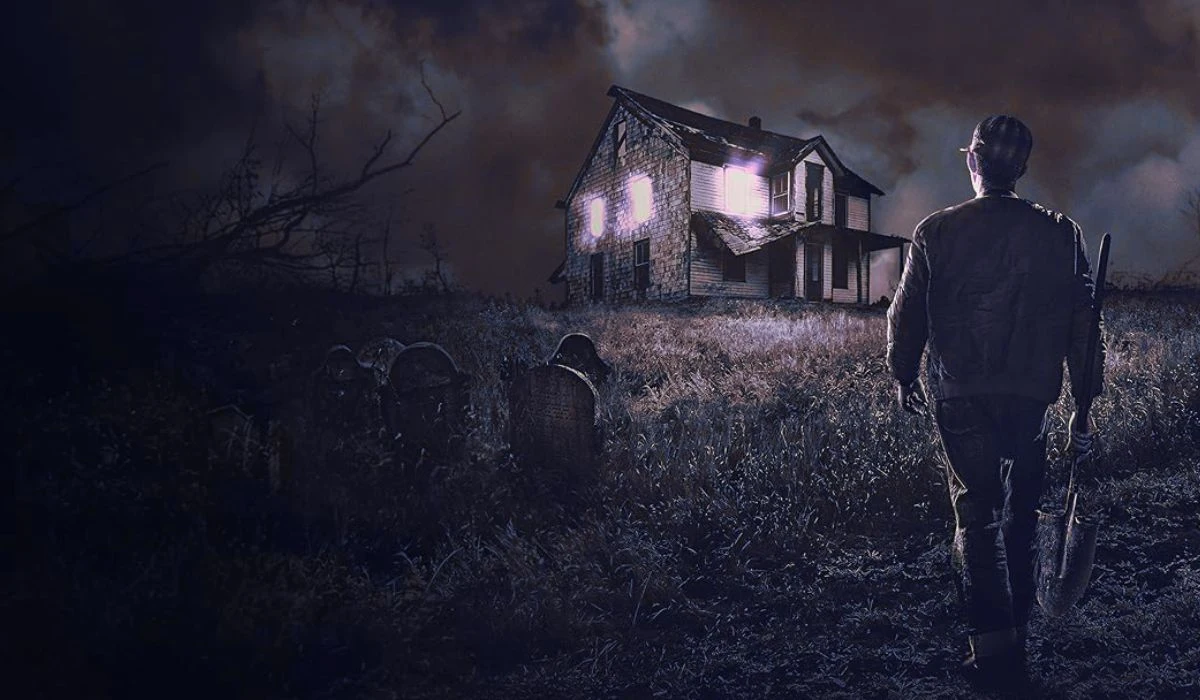Ed Gein:The Story of a Murderer Who Inspired Film and Popular Culture

Few criminals have left as lasting an imprint on popular culture as Ed Gein. The Wisconsin farmer’s gruesome crimes in the 1950s sent shockwaves through America and permanently altered the landscape of horror entertainment. From Norman Bates to Leatherface, Gein’s disturbing legacy continues to influence filmmakers, writers, and artists decades after his arrest.
Early Life: Seeds of Darkness
Edward Theodore Gein was born on August 27, 1906, in La Crosse, Wisconsin. His childhood was marked by a domineering, fanatically religious mother and an alcoholic father. Augusta Gein controlled every aspect of her son’s life, instilling in him a deep-seated fear of women while simultaneously creating an unhealthy attachment to her.
The family lived in isolation on a farm near Plainfield, Wisconsin, where Augusta homeschooled Ed and his brother Henry. She preached endlessly about the sins of the world, particularly regarding women and sexuality. This toxic environment would prove catastrophic for Ed’s psychological development.
After his brother’s mysterious death in 1944 and his mother’s passing in 1945, Ed was left alone in the farmhouse. The loss of Augusta devastated him, triggering a descent into madness that would culminate in unspeakable acts.
The Crimes That Shocked America
Ed Gein’s criminal activities came to light on November 16, 1957, when police investigating the disappearance of hardware store owner Bernice Worden made a horrifying discovery at his farm. What they found was beyond comprehension: Worden’s decapitated body hanging in a shed, dressed like a deer carcass.
Inside the farmhouse, investigators uncovered a chamber of horrors. Gein had been robbing graves and creating macabre items from human remains. Skulls served as bowls, skin was fashioned into lampshades and furniture upholstery, and he had crafted a “woman suit” from human skin—an attempt to literally become his mother.
Gein confessed to murdering two women: Bernice Worden and tavern owner Mary Hogan, who disappeared in 1954. However, his grave-robbing activities spanned years, with at least nine gravesite desecrations confirmed.
Psychological Profile: Understanding the Unthinkable
Mental health experts who examined Gein found him suffering from severe psychological disorders. He was diagnosed with schizophrenia and declared legally insane, spending the remainder of his life in mental institutions rather than prison.
Psychologists identified several factors contributing to his disturbed behavior: extreme maternal attachment, social isolation, sexual repression, and a complete break from reality following his mother’s death. Gein wasn’t motivated by sadism or sexual gratification like many serial killers. Instead, his crimes stemmed from a delusional attempt to preserve and recreate his mother.
This unique psychological profile distinguished Gein from typical murderers and made his story particularly fascinating to forensic experts and storytellers alike.
Cultural Impact: From Headlines to Hollywood
Ed Gein’s arrest generated massive media coverage, but his true cultural impact emerged through the horror films he inspired. Three of cinema’s most iconic villains draw directly from his story:
Norman Bates in Alfred Hitchcock’s “Psycho” (1960) embodies Gein’s relationship with his mother. The mild-mannered motel owner dominated by his dead mother’s personality mirrors Gein’s psychological state. Author Robert Bloch, who wrote the novel “Psycho” was based on, lived just 35 miles from Plainfield when Gein was arrested.
Leatherface from “The Texas Chain Saw Massacre” (1974) takes inspiration from Gein’s skin masks and furniture made from human remains. The film’s rural setting and family of killers echo the isolation and grotesque discoveries at Gein’s farmhouse.
Buffalo Bill in “The Silence of the Lambs” (1991) directly references Gein’s practice of creating garments from human skin. The character’s desire to transform himself through his victims’ skin parallels Gein’s own disturbing motivations.
Beyond these major films, Gein has influenced countless horror movies, books, television shows, and even music. His name has become synonymous with a particular brand of rural, psychological horror that focuses on the monster hiding behind an ordinary facade.
The Plainfield Legacy
The small town of Plainfield became forever associated with horror. Gein’s farmhouse was burned down by fire in 1958, reportedly set by curious townspeople tired of gawkers. His 1958 Ford sedan, used to transport victims, became a morbid tourist attraction displayed at fairs before eventually being sold and disappearing from public view.
The community struggled with its unwanted notoriety, torn between wanting to forget and being unable to escape the shadow of its most infamous resident. Even today, Plainfield remains linked to Gein’s crimes in the public imagination.
Legal and Ethical Questions
Gein’s case raised important questions about mental illness and criminal responsibility. Found legally insane, he never stood trial for murder but was confined to Central State Hospital in Wisconsin. In 1968, doctors declared him sane enough to stand trial, but he was quickly found not guilty by reason of insanity.
This outcome sparked debate about justice for victims versus treatment for the mentally ill. Could someone so clearly disturbed be held fully accountable for their actions? The case influenced how American courts approach the insanity defense.
Final Years and Death
Ed Gein spent his remaining years in mental health facilities, rarely speaking about his crimes. Fellow patients and staff described him as a quiet, even likable man who showed remorse for his actions. He died of respiratory failure on July 26, 1984, at age 77, at Mendota Mental Health Institute in Madison, Wisconsin.
He was buried in Plainfield Cemetery next to his mother—a final, unsettling footnote to his disturbed life. His gravestone became a target for vandals and souvenir hunters, eventually being stolen in 2000.
Also Read: Oliver Hudson Wife: From Pageant Queen to Hollywood’s Best-Kept Secret
Conclusion: A Dark Mirror
Ed Gein’s story endures not because of its brutality—worse crimes have been committed—but because it reveals something deeply unsettling about the human psyche. His crimes emerged from extreme isolation, psychological damage, and a complete break from reality, reminding us that monsters aren’t always born; sometimes they’re created by circumstance and trauma.
His influence on popular culture ensures that while the man is gone, the horror of what he did and what it says about human capacity for darkness—continues to fascinate and terrify new generations.












